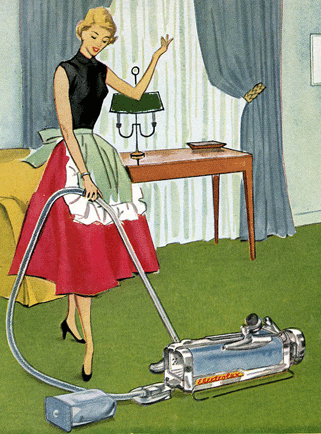|
Thread Number: 15698
Shocked about a Eureka upright |
[Down to Last] |  |
| Post# 167341 , Reply# 5 1/26/2012 at 14:09 (4,474 days old) by collector2 (Moose Jaw, Sk) | ||

Hey Joe:
Those smaller wire connectors were used alot in vacuums but the stripped part of the wire shouldnt be any longer than the connector. Usually a piece of electrical tape or even fabric tape was wrapped around he bottom of the connector and wire to make certain that they didnt come loose. More recently I have seen alot with a heat shrink around the bottom. Doug | ||

 Comes to the Rescue!
Comes to the Rescue!